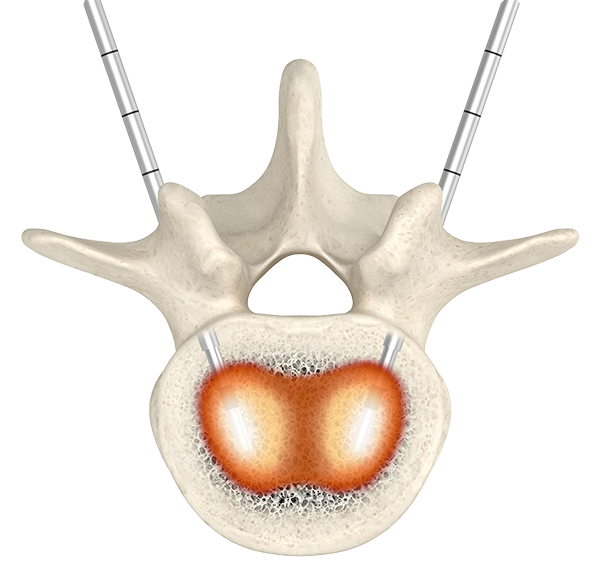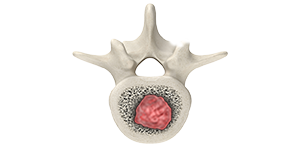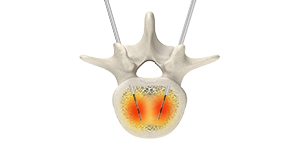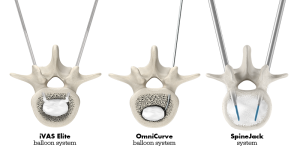
Bone tumor ablation
A powerful option for pain caused by bone tumors
Bone tumor ablation (BTA) is a minimally invasive procedure for patients with painful benign or metastatic bone tumors. If you have already received (or are currently receiving) treatment like chemo or radiation, but are still experiencing pain, talk to your doctor to see if bone tumor ablation (BTA) may be an option for you.
Benefits of the BTA procedure1
- Pain improvement with sustained long-term relief
- Greater range of motion
- Improved quality of life
- Short recovery time
BTA involves applying heat to certain nerve pathways to “shut off” the transmission of pain signals to the brain. Performed on an outpatient basis, selected clinical studies show that BTA significantly reduces pain for 6 months or longer in patients.1
What to expect with a BTA procedure
View the procedure step-by-step

Before the procedure
Your doctor will confirm your diagnosis. If you are a good candidate for BTA, your doctor will ask you for the following information:
- Current medications, including herbal supplements and their dosages
- Known drug, iodine or latex allergies
- Current health conditions

During the procedure
BTA may be performed while you’re awake, but sedated. Your back is numbed with a local anesthetic. Using x-ray imaging, your doctor inserts a needle and electrode and guides them to the treatment area. A high-frequency electrical current then passes through the probe, heating up and “lesioning” the tumor causing pain.

After the procedure
After the procedure, your blood pressure and pulse will be monitored before you go home. You may feel sore or have pain in the treated area, but most people are able to return to work and normal activities within 3 days. RFA provides rapid (within 3 days) and statistically significant pain and quality of life improvements with sustained long-term relief through 12 months.2

